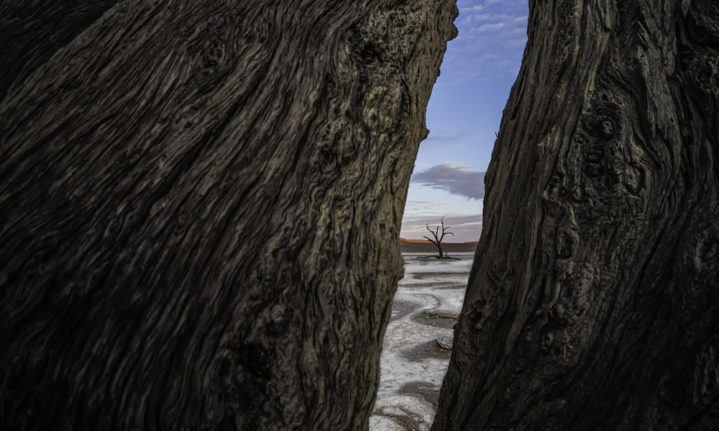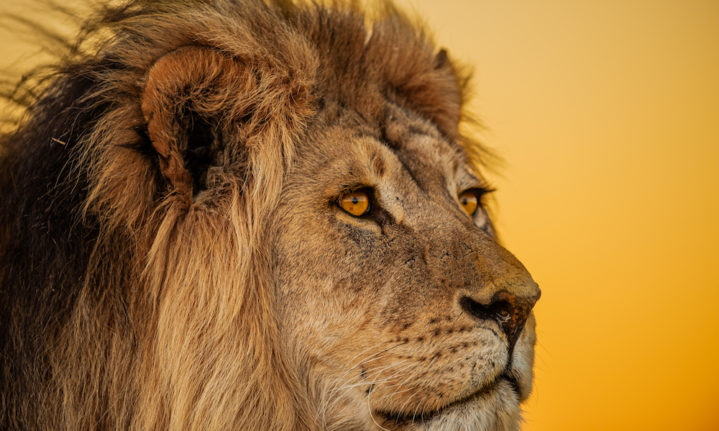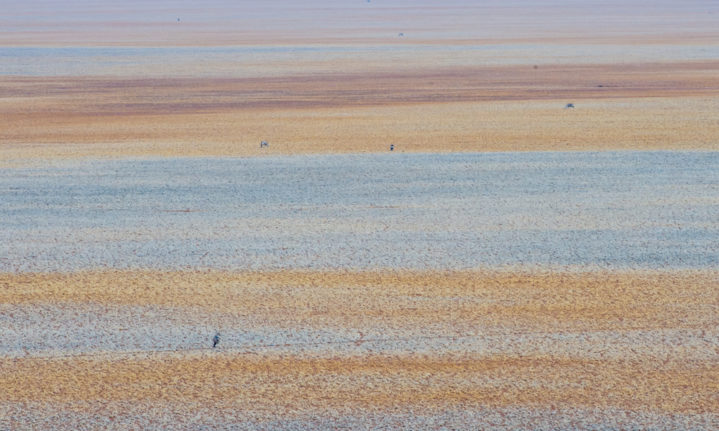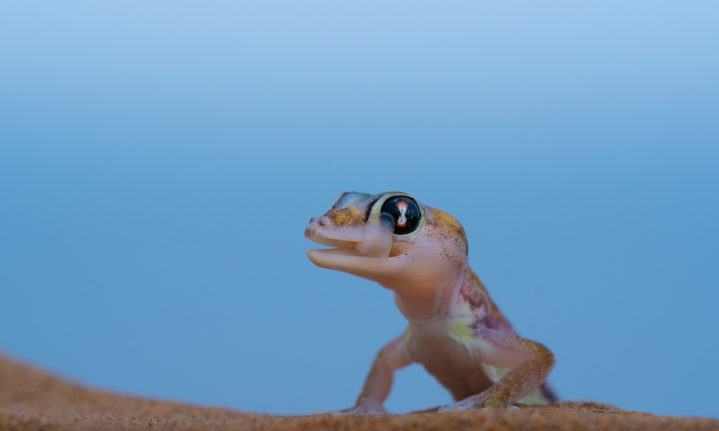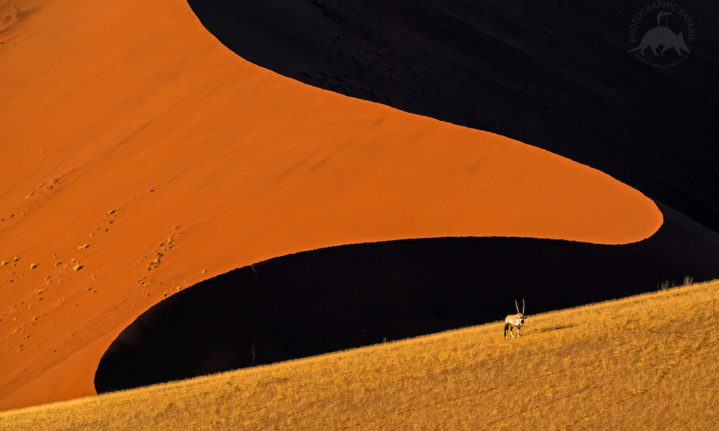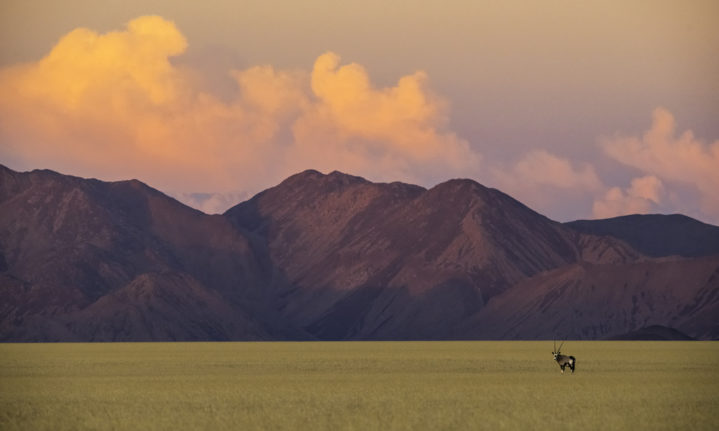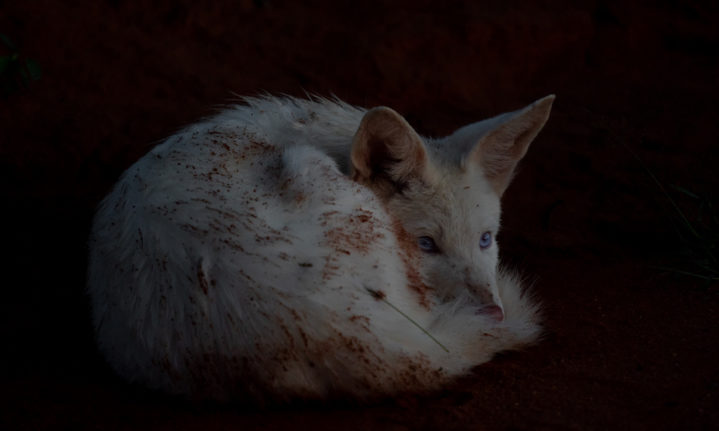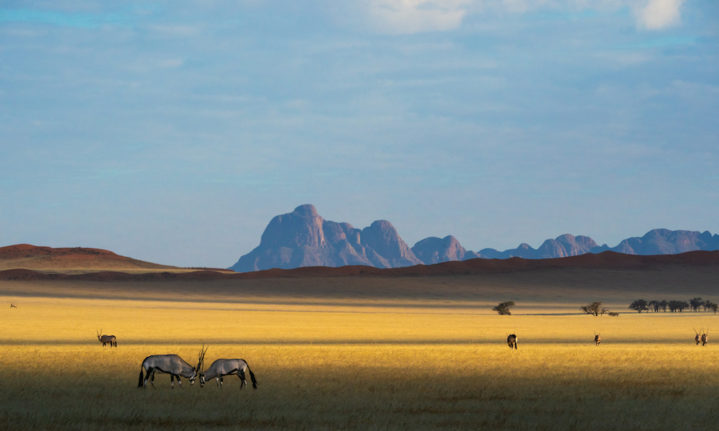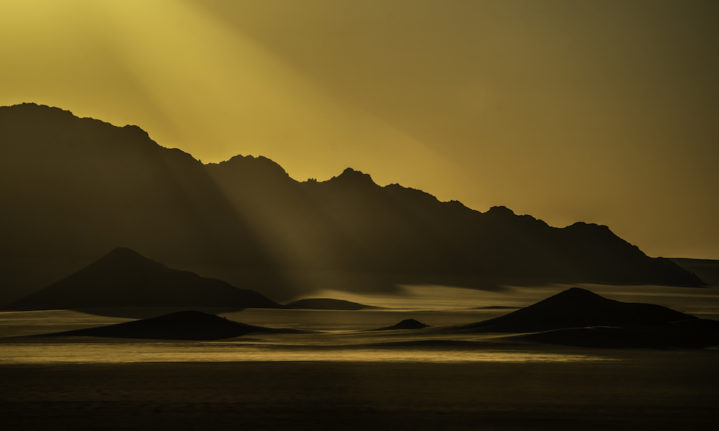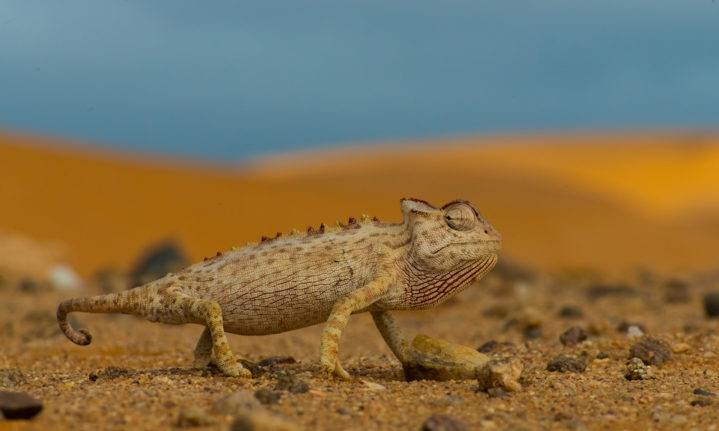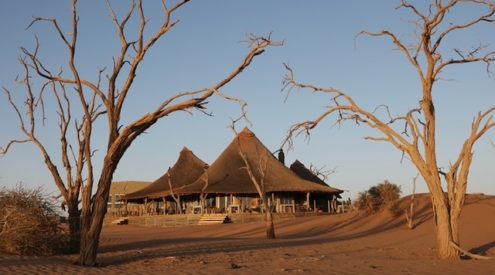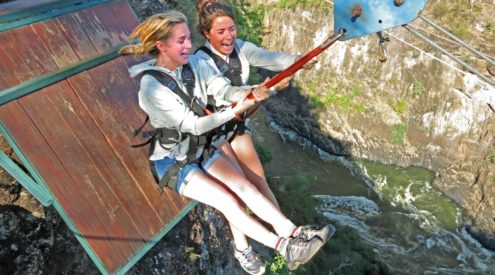Celebrated photographer Hannes Lochner recently returned from a 28-day adventure in Namibia to photograph landscapes and wildlife for his next publication. He gives us a taste of what he’s been working on.
‘The whole of Namibia was tourist-less. It was strange to be the only person on Deadvlei, at Sossusvlei and Wolwedans. So for me it was heaven. Just you and nature and opportunities that you don’t often get. I never really took my time in Namibia doing landscapes but it was nice having the luxury to do so now. I wished for a higher pixel camera but a 40-odd million megapixel shooter did the job for me just fine. Here are a few of the images I liked.’ – Hannes Lochner
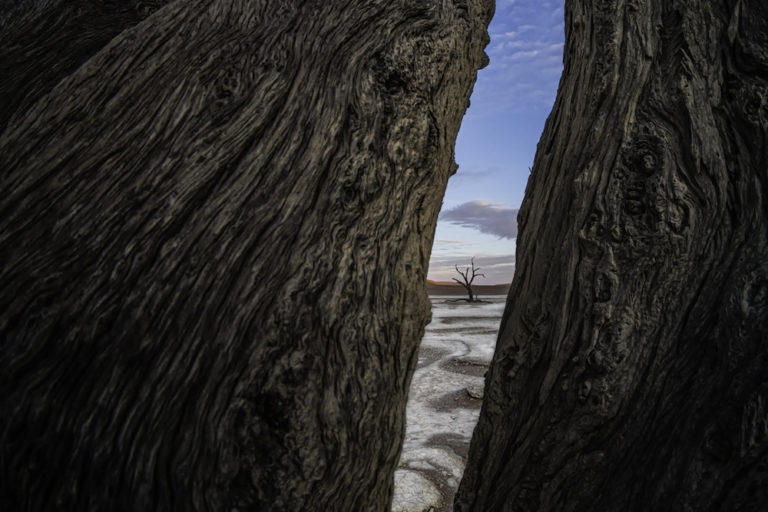
Deadvlei
Deadvlei is probably the most visited place in Namibia, apart from Etosha. On this adventure, there was no one except a few friends and I. What a privilege. Deadvlei is always a challenge to frame something different, thanks to the mass of photographs taken there over the last few decades. You have to get creative and when you have the place to yourself, it is a little easier.
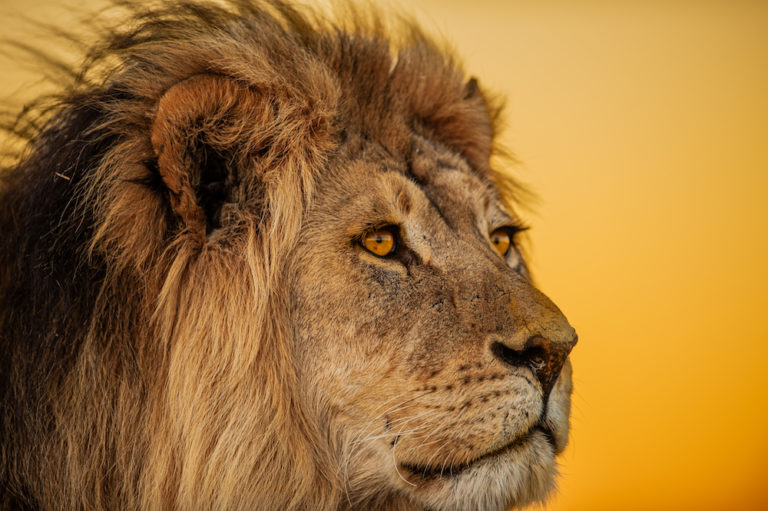
Lion
You can’t finish a Namibian safari without going to the world-famous Etosha National Park. It’s well known for having elephants and rhino, among the bigger game, and also most of the cat species. Photographing a big-pride male lion in good light overlooking the pans at Okondeka waterhole… always a bonus.

Pastel Lands
At Wolwedans you get great backdrops and the landscape is amazing. If you are elevated on a duneline from the top looking down into the valley, you can see the different pastel colours in the late afternoon. The oranges, yellows, browns and greys blend together in an endless vast landscape.
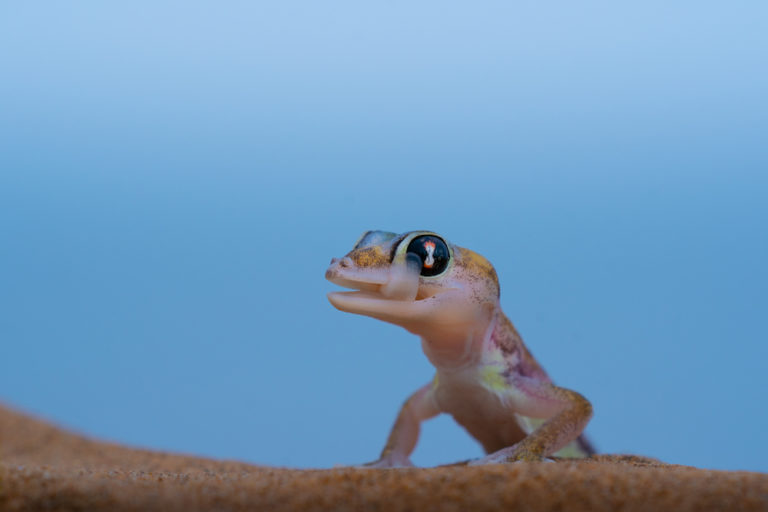
Palmatogecko No3
Also called the Namib dune gecko, the palmatogecko is by far my favourite animal to photograph on the “Little 5” desert tour in Swakopmund. The eyes always display the number 3! This web-footed gecko is very pale, nearly translucent. It has a salmon-coloured undertone and some have light brown stripes or patterns. It’s always a bonus when you get the gecko early in the morning in misty weather, licking its eyes.
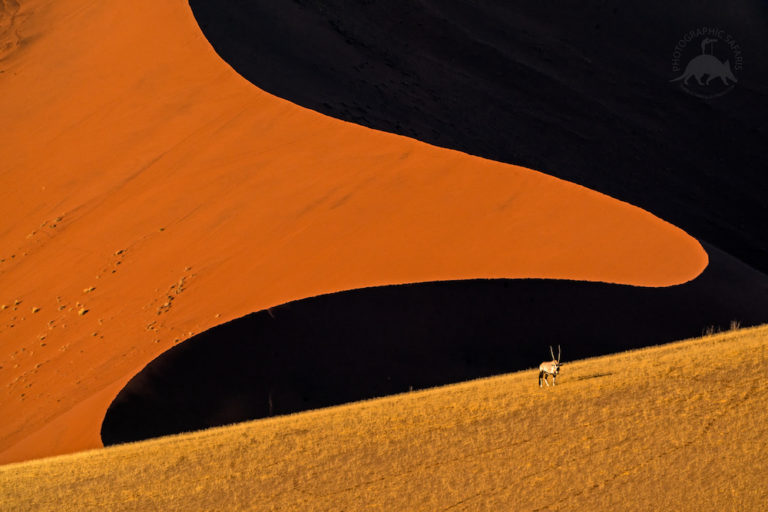
Gemsbok & Dune
Probably the worst lens to use in landscape photography is a telephoto lens. It has a very narrow depth of field and it’s horrible to try to frame a running gemsbok. But sometimes you just have to take a leap of faith. Gemsbok in this area are very skittish, so I stayed fit while running around. I did not use a wide-angle for any of the shots. In fact, I used a 600mm lens with a 2x converter. You get interesting mirage-style backdrops and your subject can be dwarfed in the landscapes by using such long lenses.
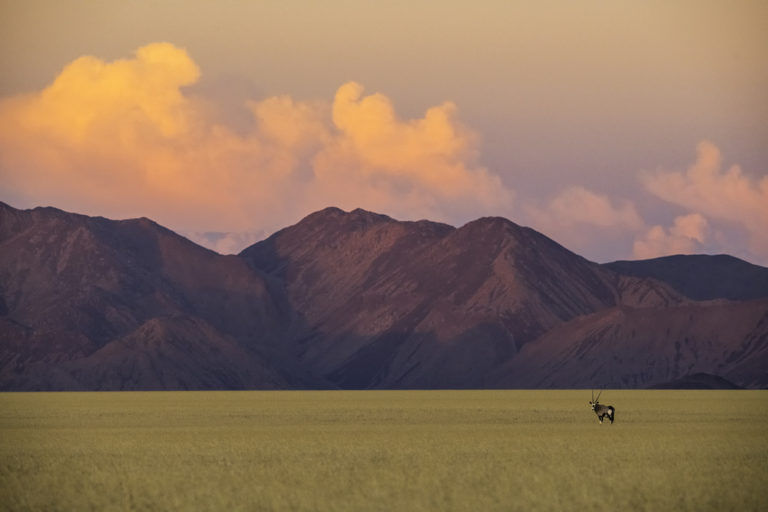
Lone Gemsbok
A lone gemsbok in the Tirasberg area: getting out early in the morning is crucial as colours explode at sunrise or just before. Just like wildlife photography, the best colours are in the golden hours and before and after sunset and sunrise.
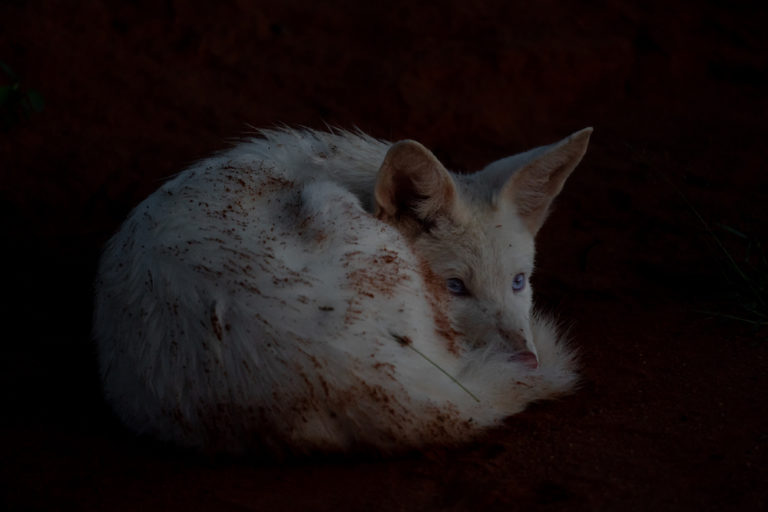
Albino Jackal
I have only seen this once in my life, an extremely rare albino blackbacked jackal, in Okonjima Nature Reserve. On an early morning game drive, still dark, suddenly an eerie snow-white phantom appeared out the bush. Albinism is actually a congenital genetic disorder that can be inherited if both parents carry the recessive albino gene. This particular jackal, still a pup, appeared to be fit and thriving, although it is generally accepted that animals with this condition do not survive long as they are more conspicuous to predator and prey alike. The guide told us there are actually two pups that are totally white while the parents have the normal colours of the black-back jackal.

Pierneef
This is one of my favourites from this trip. Simple layout, early morning, with gemsbok standing around and two having a bit of a rumble. Simplicity is one of the most important elements in landscape photography, especially when there are animals involved.
This image reminds me of one of my favourite artists, Jacobus Hendrik Pierneef, a lifelong source of inspiration for me. Pierneef’s style was to reduce and simplify the landscape to geometric structures, using flat planes, lines and colour to present harmony and order in nature.
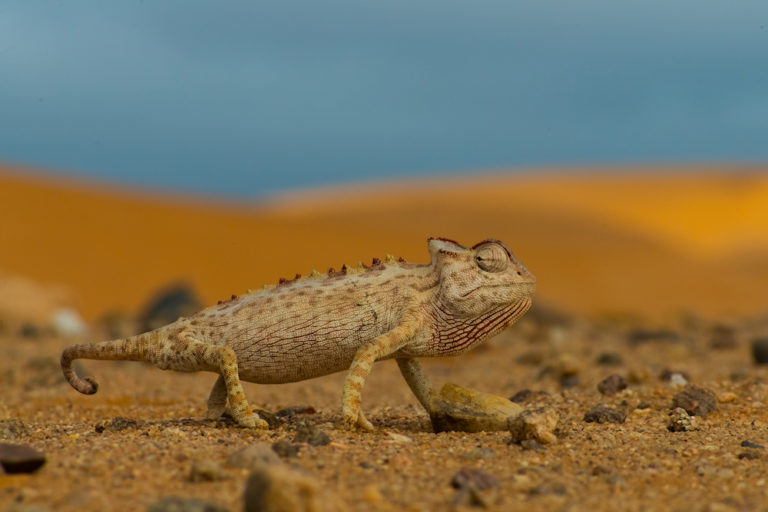
Namaqua Chamaleon
The Chamaeleo namaquensis is one of the largest chameleon species in southern Africa, reaching up to 25cm in length. Namaqua chameleons drink dew and fog condensation on surfaces such as vegetation, rocks and sand. The thick bank of mist behind the duneline in this photo is crucially important for water.
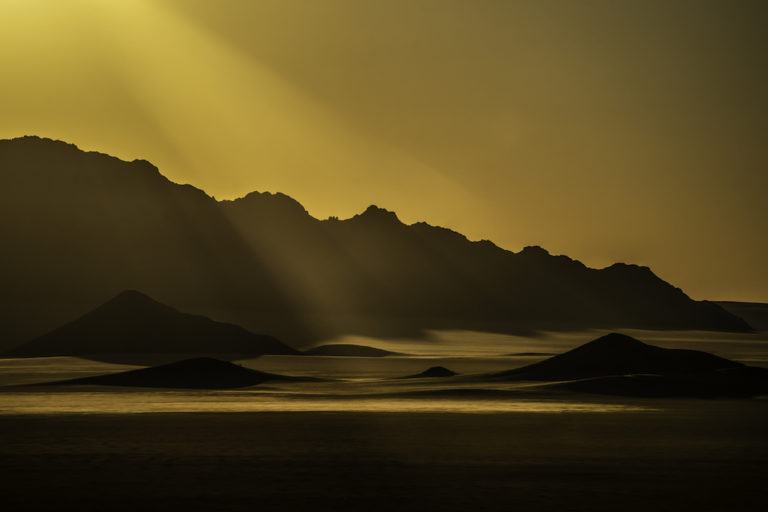
Light Streaks
Late afternoon on the dunes at Wolwedans. A place that stands still in time, just as it was a thousand years ago; beauty in the landscape all around, light streaks cutting lines through the mountain range.
Hannes used @sonyalphasa @cartoni.camerasupports @lacie_tech systems to capture this series.
Contact details: patreon.com/hanneslochner, Instagram hannes_lochner
Pictures: Hannes Lochner
ALSO READ:









